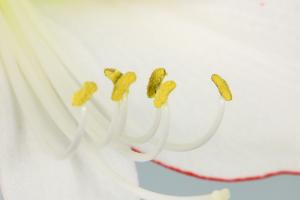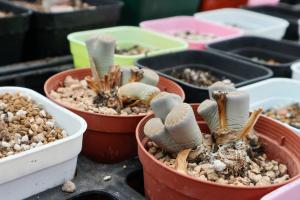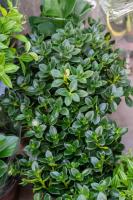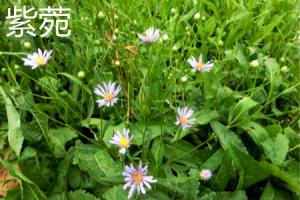Introduction
Plants are fascinating organisms that can produce energy from the sunlight through the process of photosynthesis. But, in order to function properly, plants require water, nutrients, and a way to transport them throughout their bodies. In this article, we will explore how plants transport water and sugar throughout their tissues.
The Role of Water in Plants
Water is a fundamental component for the survival of plants. It serves as a reactant in photosynthesis, providing the hydrogen and oxygen atoms for the formation of glucose. Additionally, water plays a critical role in maintaining the structure of the plant cell, by filling up the vacuole and causing the cell to expand, which results in the plant standing upright.
The Movement of Water in Plants
The movement of water in plants is accomplished through a process called transpiration. In transpiration, water is absorbed by the roots and then transported to the leaves, where it is lost through tiny pores called stomata. As the water exits the leaf, it creates a negative pressure gradient that pulls more water up through the roots, creating a continuous flow that moves water throughout the plant.
The Role of Sugar in Plants
Sugar, or more specifically glucose, is the primary form of energy that is produced by plants. During photosynthesis, glucose is synthesized from sunlight, carbon dioxide, and water. It is then used by the plant for cellular respiration, various metabolic processes, and growth.
The Movement of Sugar in Plants
The movement of sugar throughout the plant is accomplished through the process of phloem transport. Phloem is a specialized tissue that is responsible for transporting sugars, amino acids, and other nutrients from the sites of production (usually the leaves) to the sites of consumption (other parts of the plant).
In phloem transport, the sugar molecules move from one cell to the next through connections called plasmodesmata. The sugar is actively transported into the sieve tubes of phloem by companion cells, which expend energy to move the sugar against a concentration gradient. As the concentration of sugar in the sieve tubes increases, osmosis causes water to move into the phloem from the adjacent xylem tissue. The movement of sugar and water creates a pressure gradient that pushes the sugar down throughout the plant.
Conclusion
The movement of water and sugar throughout the plant is critical for its survival and growth. The process of transpiration and phloem transport work together to deliver the necessary resources to all parts of the plant. Understanding how plants transport water and sugar is not only important for the growth of plants, but also for agricultural practices and sustainable food production.

 how many times do yo...
how many times do yo... how many planted tre...
how many planted tre... how many pine trees ...
how many pine trees ... how many pecan trees...
how many pecan trees... how many plants comp...
how many plants comp... how many plants can ...
how many plants can ... how many plants and ...
how many plants and ... how many pepper plan...
how many pepper plan...































